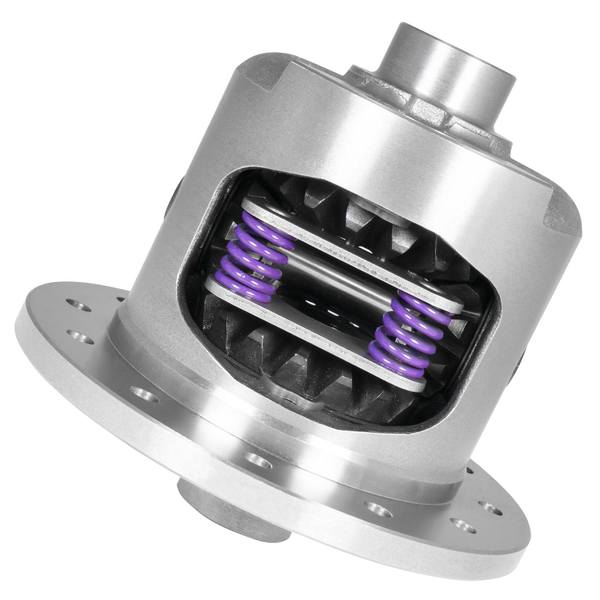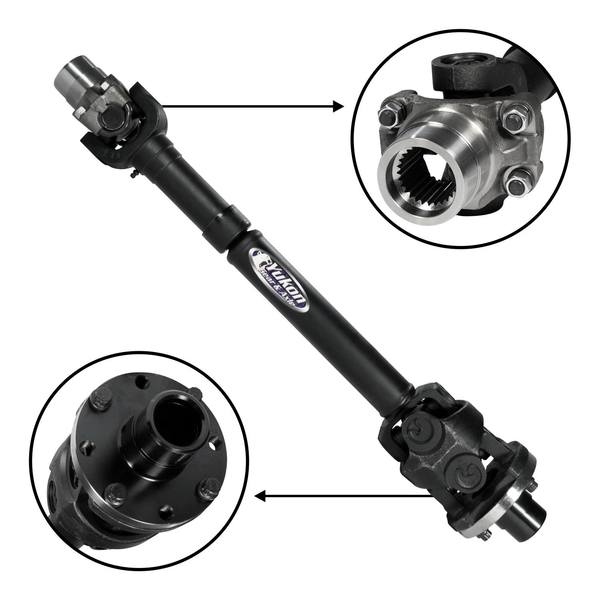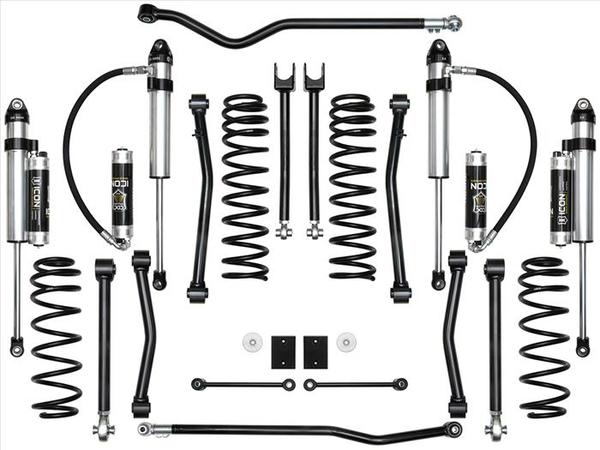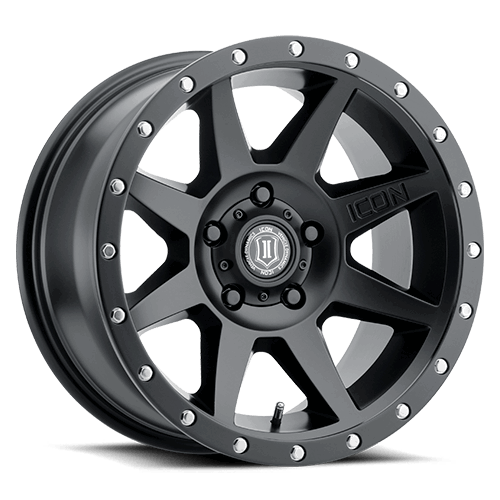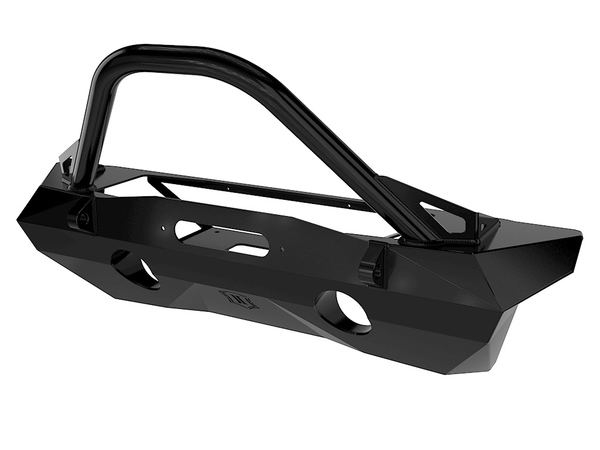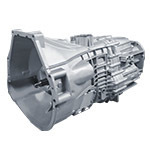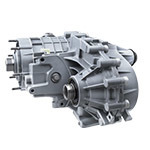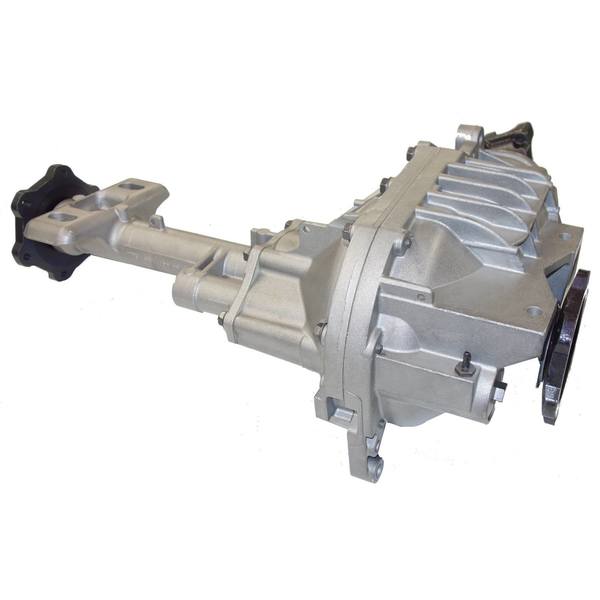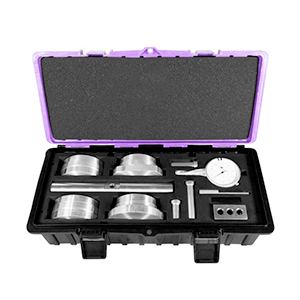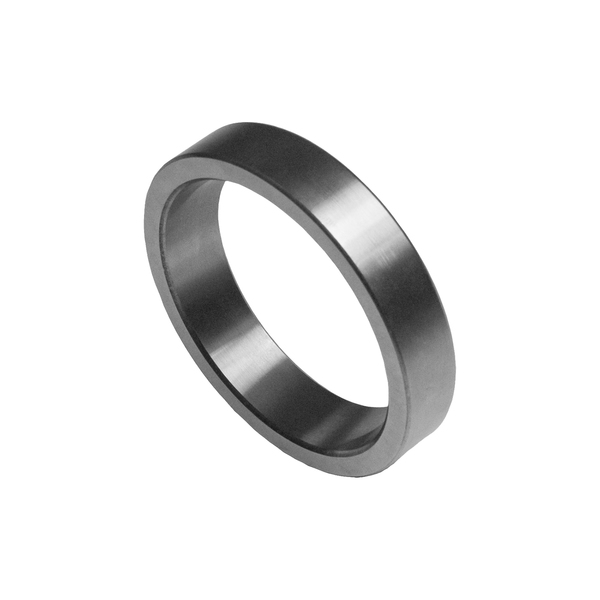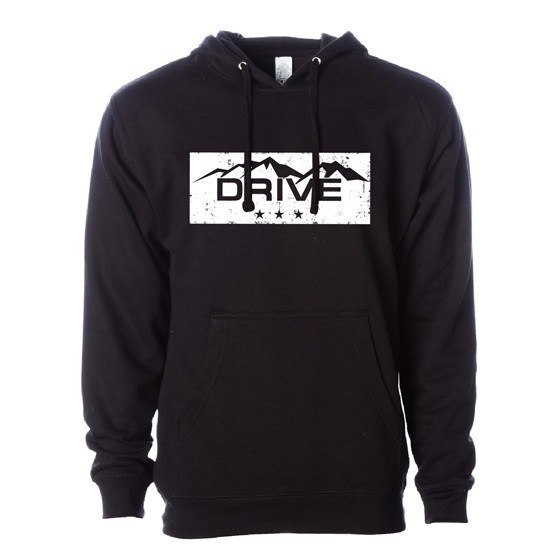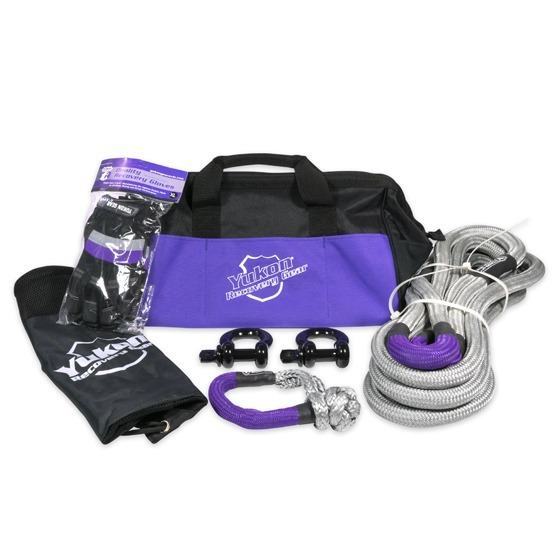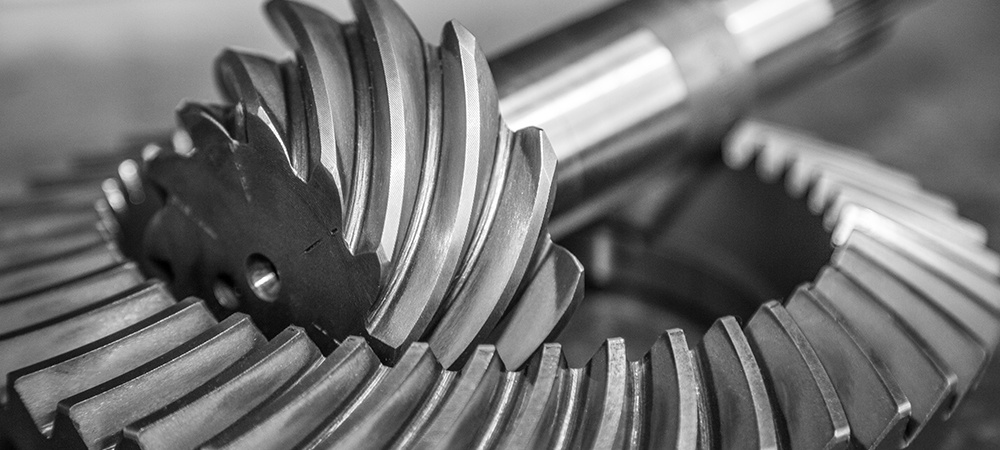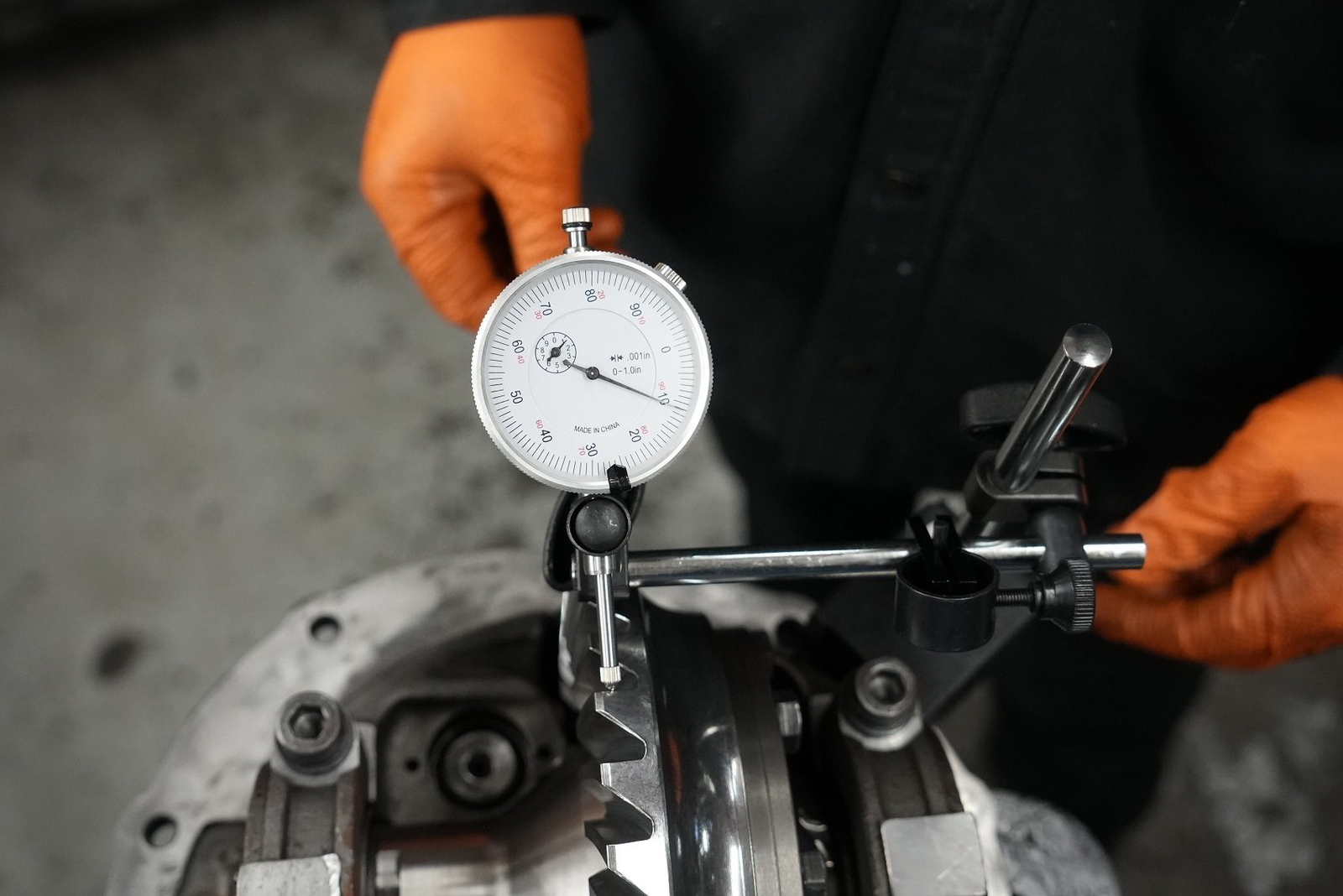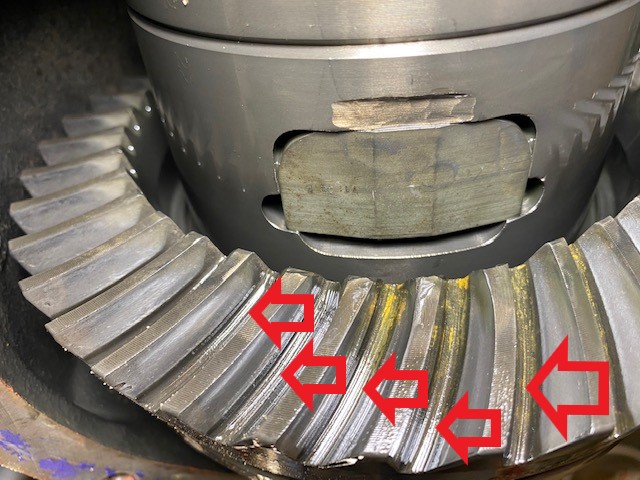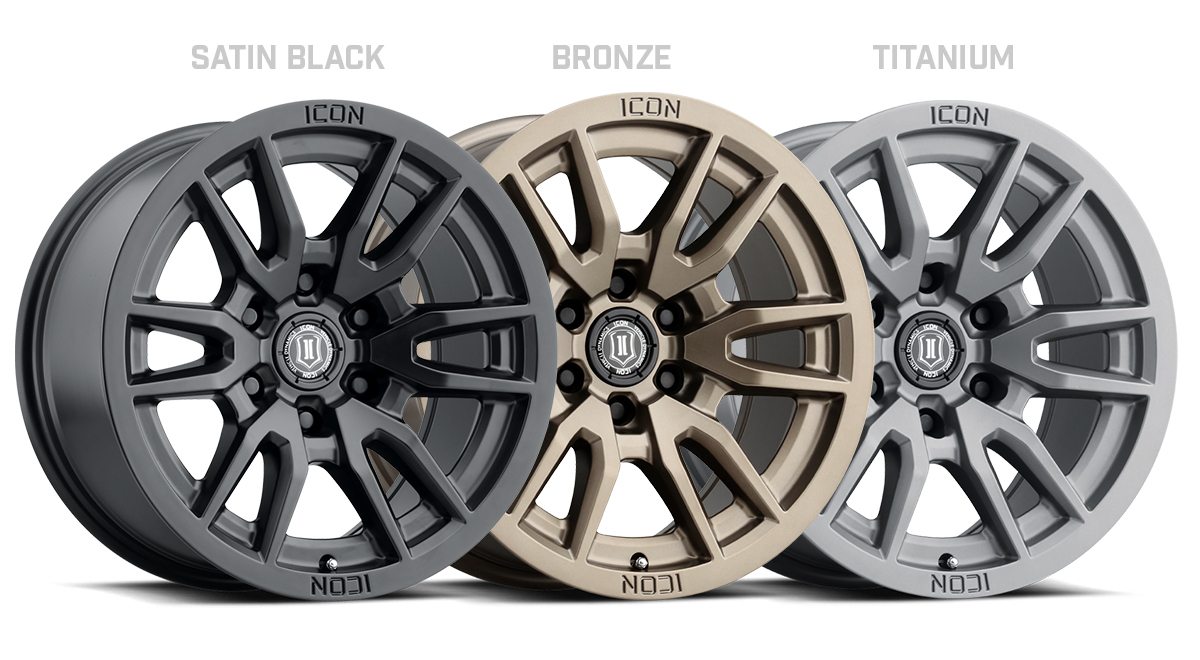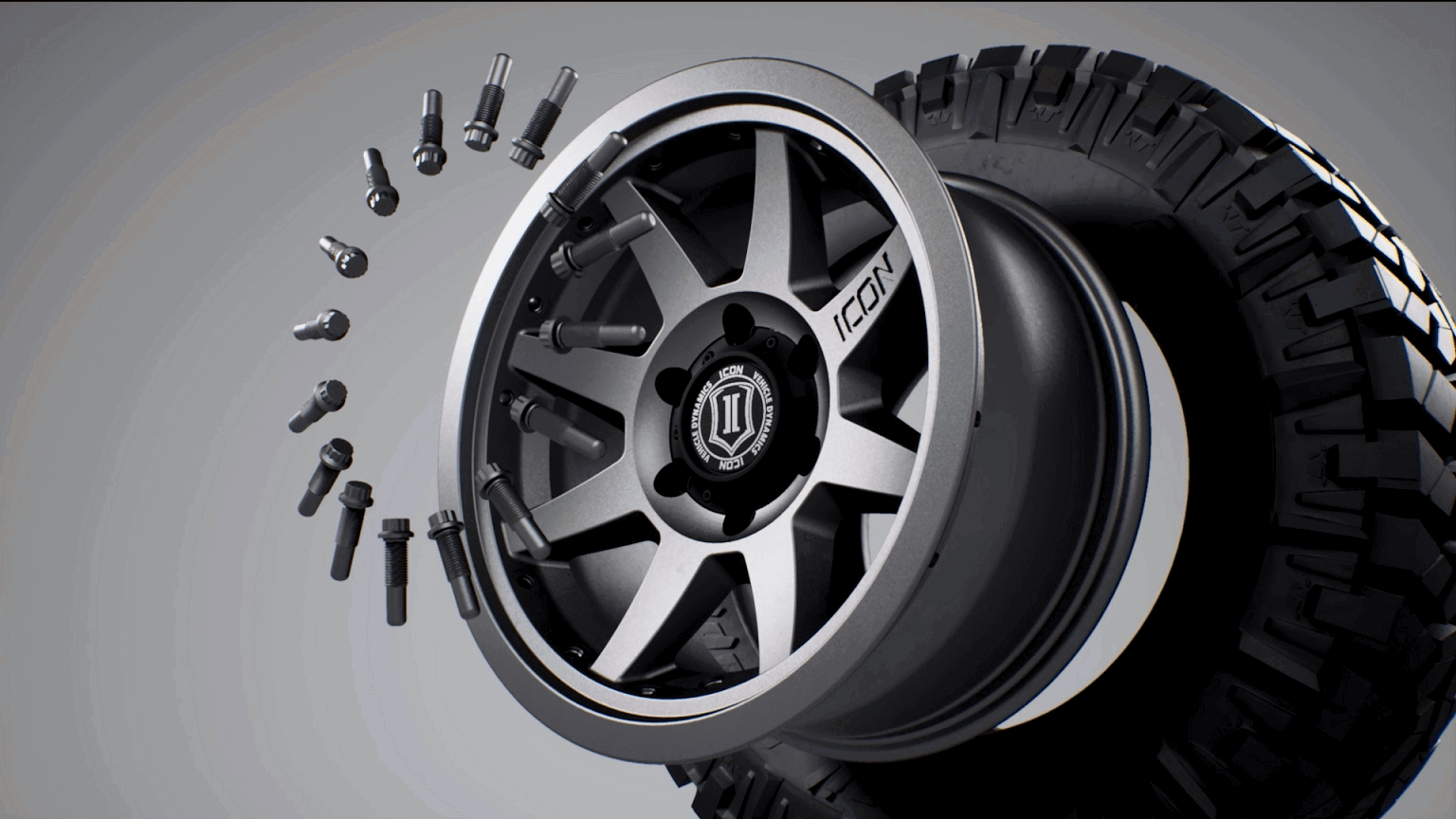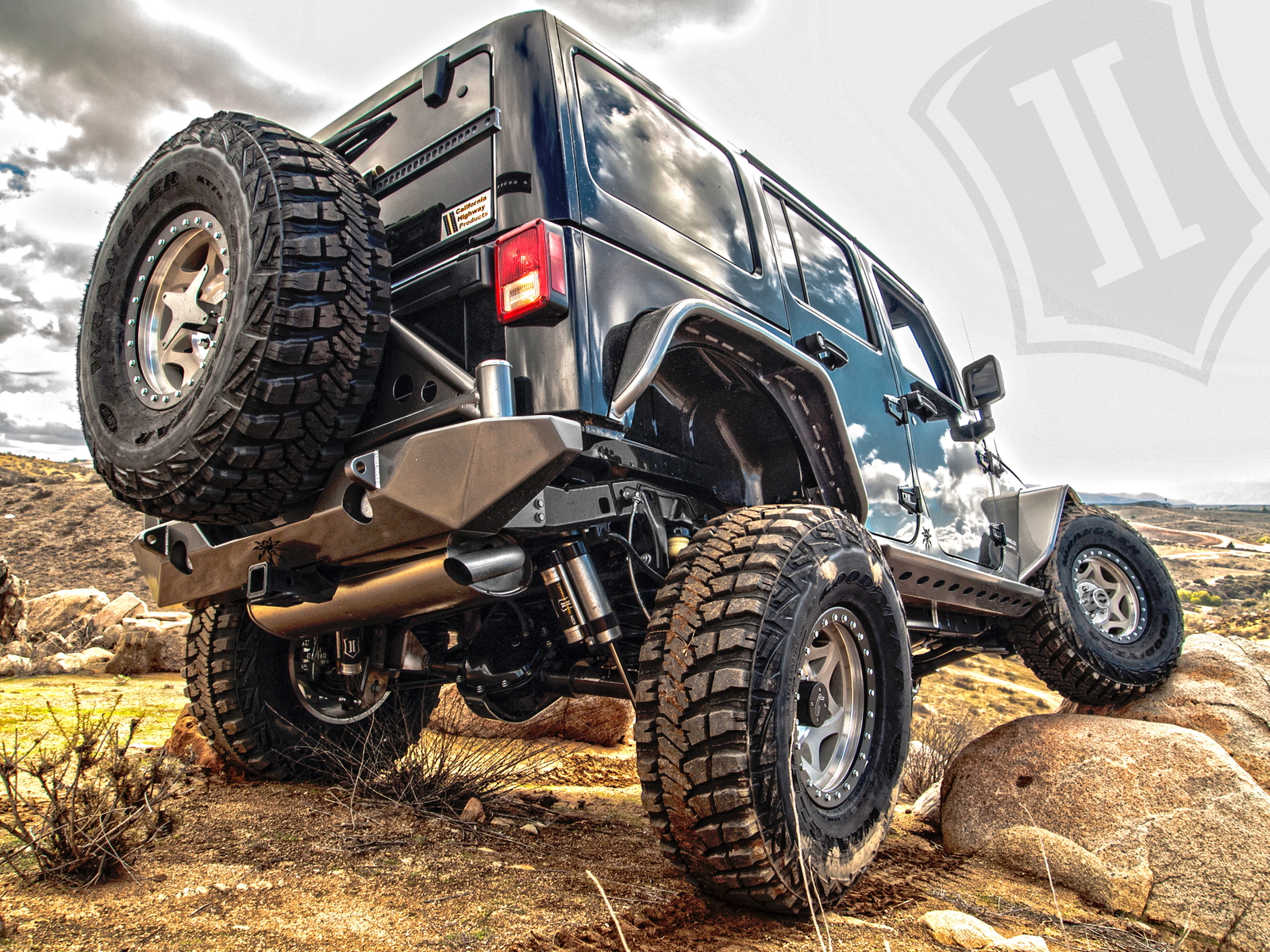Whenever the gear ratio in a differential is changed, pinion diameter changes. There are two things that must change in order for the gear ratio to change. First, some basic information. The gear ratio is determined by the tooth combination. The number of teeth on the ring gear divided by the number of teeth on the pinion (eg: 41/11 = 3.73) equals the gear ratio. Also, in order for the teeth to have the proper mesh and contact, the relative size of the two must be changed to match the ratio. If the gear ratio is 3.00 to 1, the distance from the pinion shaft centerline to center of the pinion teeth must be 1/3 the distance of the center of the ring gear teeth to the ring gear center line. This means that the pinion shaft is roughly 1/3 the diameter of the ring gear for a 3.00 to 1 gear set. This also means that the pinion size for a gear set that is 5.00 to 1 must be only about 1/5 the size of the ring gear. The ring gear diameter is generally constant for any particular differential design regardless of the ratio. This means that the pinion size changes with the ratio and for lower gears (higher numerically) the pinion teeth are smaller.
There are a few problems that go hand in hand with a small pinion head. The first are the facts that there are either smaller pinion teeth or fewer of them. The smaller teeth have less material supporting the load surface and it is a lot easier to break them off. In cases where there are fewer pinion teeth, there are fewer teeth contacting the ring gear teeth at once. In taller gears (lower numerically) such as 3.08’s, there are about two pinion teeth contacting the ring gear at any time.
During the transition from tooth to tooth as the assembly turns, there may be half of one tooth contacting in the lead in position while another tooth has full contact in the center, and the trailing or exiting tooth may have half contact. This makes for smoother transitions from tooth to tooth and increases strength. In a situation where the ratio is extremely low (numerically higher) such as 5.71, there may only be about one tooth contacting at a time. The transition here goes from a fraction of a tooth on the lead in position and almost full contact on the trailing tooth, to almost full contact on the lead in and only a small fraction of contact on the trailing tooth as the ring and pinion gears rotate together. The main point is that there is not much contact to carry the load when the ratio is numerically high.
Many off-roaders are aware of this problem and still kid themselves into thinking that they will not have the same problems is they only drive carefully. Yeah, right. Some Toyotas, some Jeeps, and many small or mid size vehicles use differentials that do not lend themselves well to tall tires and low gears. The diameter of the ring gears are limited by the housing designs and the best way to re-gain strength is to upgrade to a larger differential.
Why not make the ring gear smaller or larger? The ring gear diameter is limited by the carrier case that it bolts to, and by the amount of room in the housing. Some of the high-speed freeway ratios for the 9-inch Ford such as the 2.50’s and the 2.41’s use a ring gear that is slightly smaller in diameter than 9″ because there is not enough room in the housing for a huge pinion head to fit. Before you start thinking of some way to extend this idea into something that helps the off-roader, there is a solution that is already available. Upgrade to a differential that uses a larger ring gear and pinion set.
Even the commonly worshipped Dana Spicer Model 44 does not hold up well to tall tires and ratios in the 4.89 plus range due to its 8-1/2″ ring gear and short teeth. Some of the larger designs such as the 9″ Ford or Dana 60 are worth the time and money if tall tires or other conditions require low gears. The 9″ Ford uses a very large hypoid offset that reduces ground and driveline clearance but definitely increases strength. The Dana 60 provides more strength through sheer size. The D60 uses a 9-3/4″ ring gear and huge bearings to support the pinion shaft. Even with ratios in the 7.17 range this is still a very strong differential. Some other options are the Toyota Land Cruiser, the 14 bolt Chevrolet, Dana 70’s, Dana 80’s (this one is truly HUGE), and the 8-3/4″ Chrysler.
Find a competent chassis builder, off-road shop, or complete differential shop and they can help you find the differential that is best for your application.
 AMC
AMC
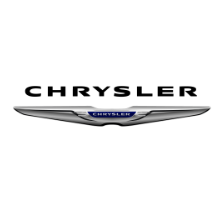 Chrysler
Chrysler
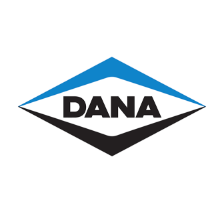 Dana
Dana
 Ford
Ford
 GM
GM
 Isuzu
Isuzu
 Nissan
Nissan
 Suzuki
Suzuki
 Toyota
Toyota
